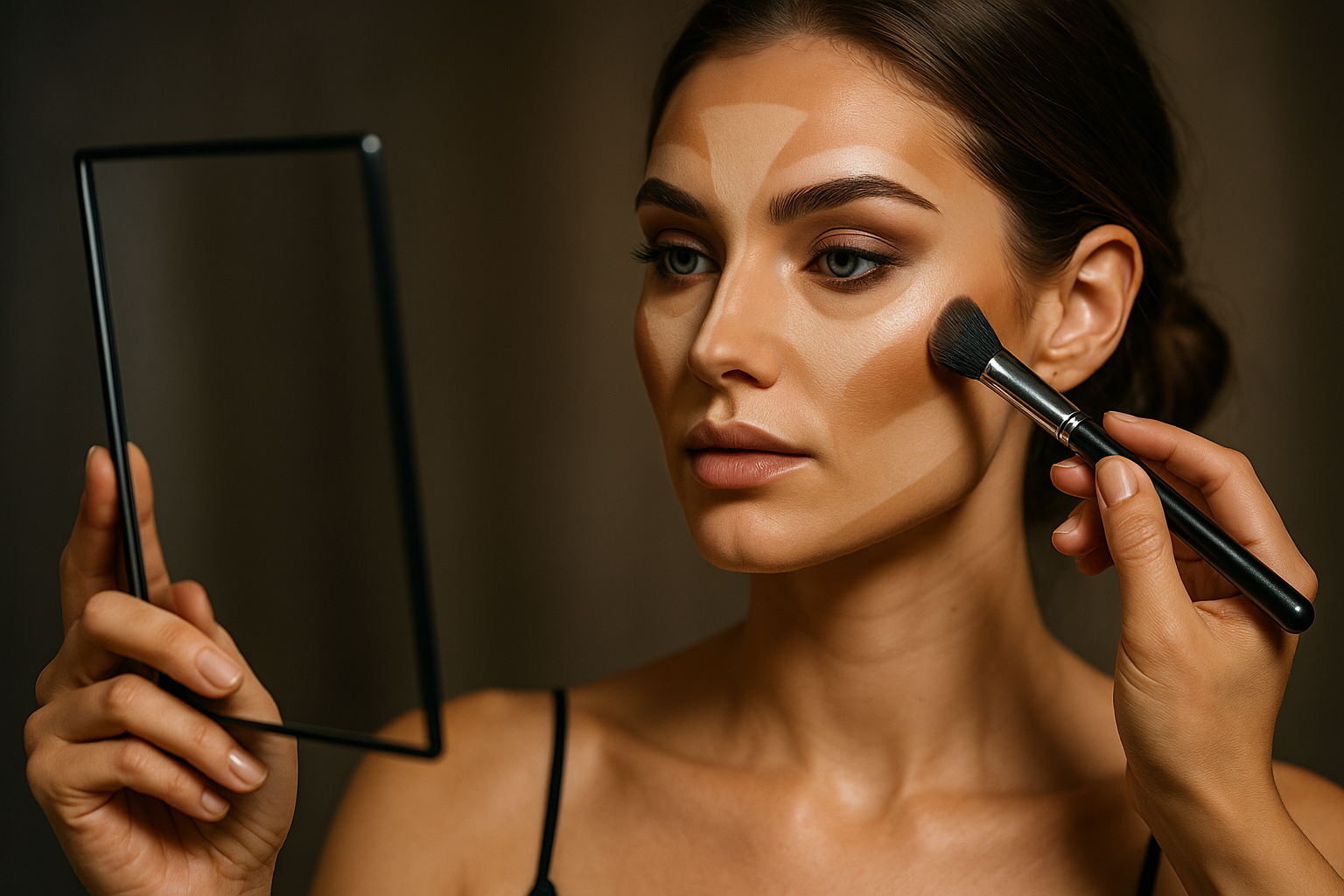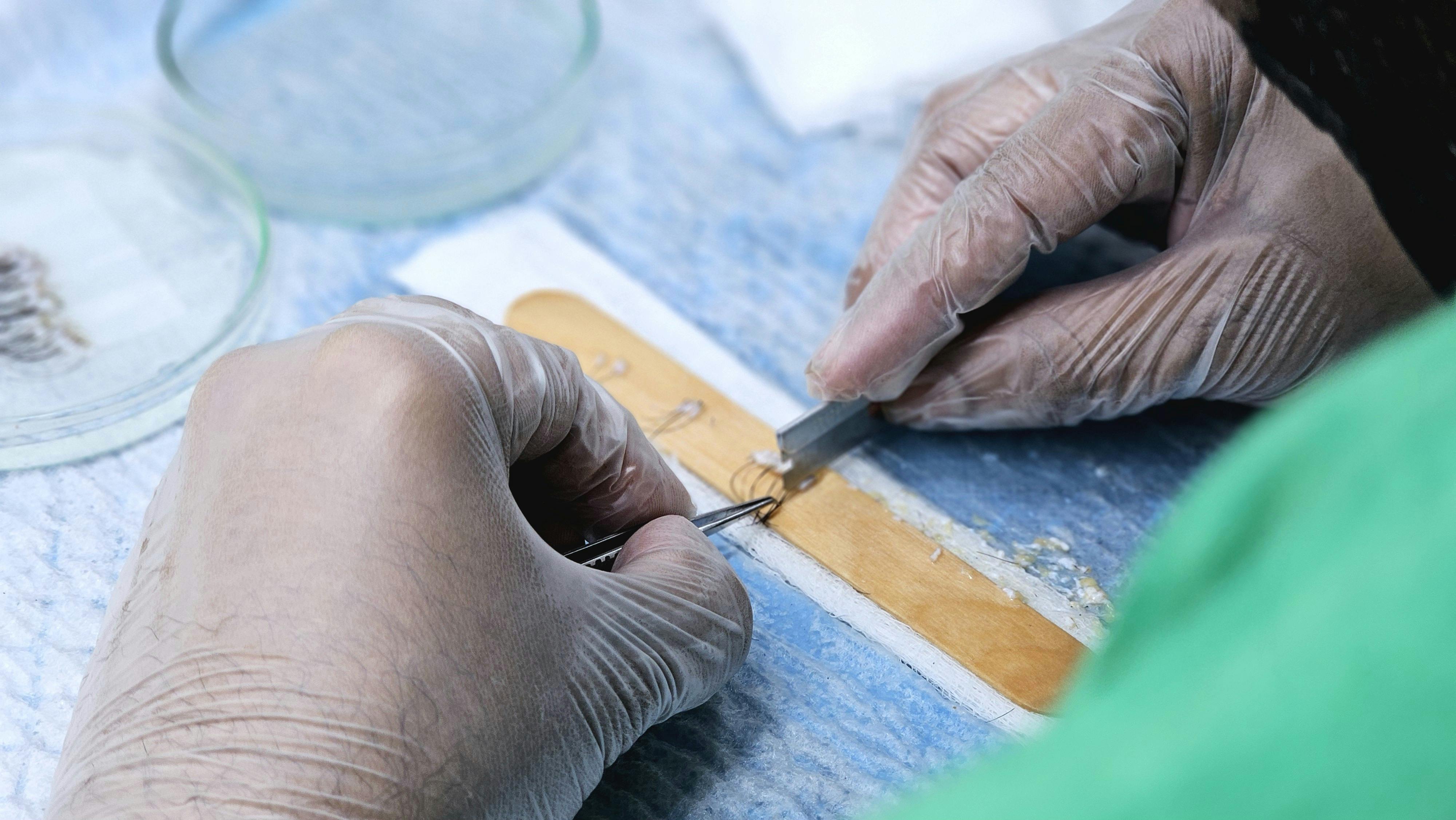The Art and Science of Facial Contouring: A Beauty Perspective
The world of beauty is vast and ever-changing, continually introducing innovative ways to enhance natural features and express individuality. One of the most notable trends in recent years is facial contouring, a makeup technique that manipulates the perception of facial structure through the careful application of light and dark shades. This practice, which has its roots in theatrical makeup, has become a mainstream phenomenon, revolutionizing the way we approach makeup. This article delves into the history, current relevance, and impact of facial contouring, offering unique insights and shedding light on this fascinating aspect of beauty culture.

The Historical Backdrop: From Stage to Everyday
Facial contouring traces its roots back to the theatre, where actors needed to exaggerate their facial features to ensure they were visible and expressive even from a distance. The technique was later adopted by Hollywood makeup artists in the 1920s and 1930s, most notably by the legendary Max Factor. Despite its theatrical origins, contouring remained a well-guarded secret of movie stars and professional makeup artists until the advent of social media platforms in the 21st century.
Kim Kardashian’s makeup artist, Mario Dedivanovic, is often credited with bringing contouring into the mainstream. In 2012, he shared a photo on Instagram showing the reality star before and after contouring, sparking a global trend. The technique quickly gained popularity, with beauty enthusiasts and influencers alike sharing their own contouring transformations online.
The Technique: Shaping Perception Through Light and Shadow
Facial contouring involves using makeup to create an illusion of depth and dimension on the face. It works on the principle of light and shadow: lighter shades are used to highlight and bring features forward, while darker shades are used to create shadows and recede areas. When done correctly, contouring can accentuate cheekbones, slim the nose, and define the jawline, effectively altering the perceived shape and structure of the face.
The technique requires an understanding of facial anatomy and the effects of light on different shapes. By placing dark and light shades strategically, one can manipulate the viewer’s perception, enhancing or minimizing facial features as desired.
Current Trends and Reception: The Contouring Boom
The popularity of contouring has surged in recent years, with countless tutorials, how-to guides, and dedicated contouring products flooding the market. Brands ranging from high-end to drugstore have launched contouring kits, further cementing the technique’s place in everyday beauty routines.
However, the reception has not been entirely positive. Critics argue that contouring promotes unrealistic beauty standards and encourages individuals to alter their natural features. Others point out that the technique is often overused, resulting in an unnatural, overdone appearance. Despite these criticisms, the popularity of contouring shows no signs of waning.
Impact: Beyond the Makeup Bag
The influence of contouring extends beyond individual beauty routines. It has reshaped the cosmetics industry, with brands launching entire lines dedicated to the technique. Furthermore, it has spurred innovation in product development, with companies striving to create more blendable, skin-like formulas.
Moreover, facial contouring has had a significant cultural impact. It has challenged traditional beauty norms, encouraging individuals to experiment with their appearance and express their creativity. At the same time, it has sparked conversations about body image and beauty standards, prompting a broader discussion about the role of makeup in society.
The Future: Contouring in the Era of Natural Beauty
As the beauty world shifts towards a more natural, less-is-more aesthetic, the future of contouring remains uncertain. While some predict a decline in its popularity, others believe the technique will evolve to suit modern tastes. Already, we see a move towards subtler, more natural-looking contouring, a trend likely to continue as beauty enthusiasts seek to balance enhancement with authenticity.
In conclusion, facial contouring is more than a mere makeup technique. It is a cultural phenomenon that reflects our changing perceptions of beauty. Far from being a transient trend, it is a testament to the creativity and innovation inherent in the world of beauty, likely to continue influencing the industry and our beauty ideals for years to come.





